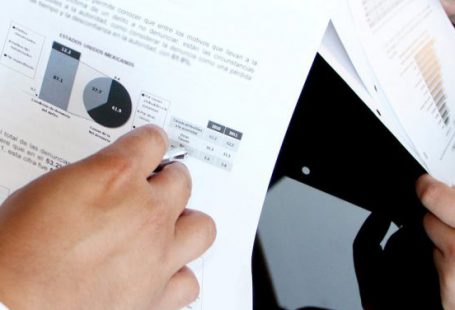In the modern investment landscape, risk assessment plays a crucial role in determining the potential success or failure of an investment. With the ever-changing market conditions and the rise of new technologies, investors need to be equipped with the right tools and strategies to navigate through the complexities and uncertainties of the financial world.
Gone are the days when investors relied solely on gut instincts and pure luck. Today, risk assessment is a science that involves a systematic evaluation of various factors that can impact the outcome of an investment. It involves analyzing both internal and external factors, such as market trends, economic conditions, political stability, and industry-specific risks.
One of the key aspects of risk assessment is identifying and quantifying the risks associated with an investment. This involves assessing the probability of various outcomes and their potential impact on the investment. For example, in the stock market, investors need to consider factors such as price volatility, liquidity risk, and systemic risks that can affect the performance of their investments.
Another important aspect of risk assessment is diversification. Modern investors understand the importance of spreading their investments across different asset classes and geographies to reduce the overall risk in their portfolio. By diversifying their investments, they can mitigate the impact of any single investment on their overall returns. This strategy allows investors to take advantage of different market conditions and minimize the potential losses.
Furthermore, risk assessment also involves analyzing the financial health and stability of the companies or assets in which investors are considering investing. This includes evaluating factors such as debt levels, cash flow, profitability, and management quality. By conducting a thorough analysis of these factors, investors can make more informed decisions and reduce the risk of investing in companies with poor financial performance.
In addition to financial analysis, risk assessment also involves considering other non-financial factors that can impact the success of an investment. These factors can include environmental, social, and governance (ESG) risks. With the growing awareness of sustainability and responsible investing, investors are increasingly considering ESG factors when assessing the risk of their investments. This includes evaluating a company’s impact on the environment, its social and labor practices, and its corporate governance structure.
Risk assessment is not a one-time exercise. It is an ongoing process that requires constant monitoring and adjustment. As market conditions change and new risks emerge, investors need to reassess their investments and make necessary adjustments to their portfolios. This requires staying up-to-date with the latest market trends, economic indicators, and industry developments.
In conclusion, risk assessment is an essential component of the modern investment landscape. It allows investors to make informed decisions, reduce the potential risks, and maximize their returns. By analyzing various factors such as market trends, financial health, and non-financial risks, investors can navigate through the complexities of the financial world and achieve their investment goals. As the investment landscape continues to evolve, risk assessment will remain a critical tool for investors to succeed in an increasingly complex and uncertain environment.



